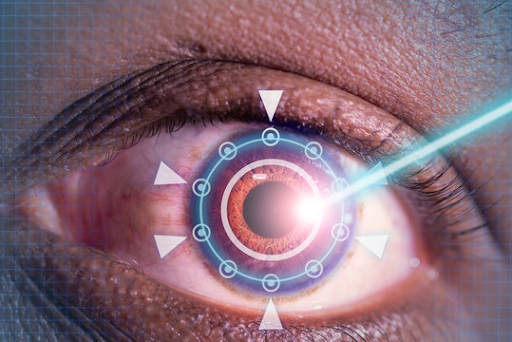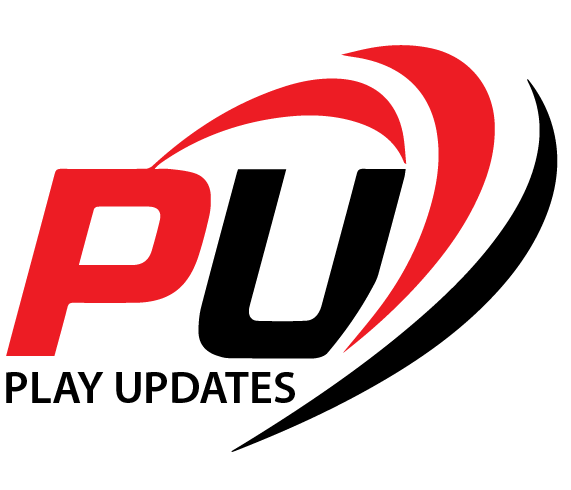
LASIK, or laser-assisted in situ keratomileusis, is a popular surgical procedure for correcting vision problems such as myopia, presbyopia, and hypermetropia. The procedure involves reshaping the cornea, the clear frontal part of the eye, to ease how light is concentrated on the retina.
LASIK is considered a safe and effective option for numerous people with refractive defects, but is it safe for someone with high myopia or an eye power around -10? Let’s look closely at the drawbacks and benefits of LASIK for this population.
What is myopia?
First, it’s important to understand what myopia is and how it affects vision. Myopia, also known as nearsightedness, is a common refractive error that occurs when the eyeball is too long or the cornea is too curved. This causes light to focus in front of the retina rather than directly on it, resulting in blurry vision when looking at distant objects. High myopia is generally defined as a tradition of -6.00 diopters or advanced, which means the refractive error is more severe.
The good news is that LASIK can be an effective treatment option for people with high myopia. Some studies have shown that LASIK can ameliorate visual perceptivity and reduce dependence on corrective lenses for people with conventions as high as-14.00 diopters. Still, some disadvantages are also associated with LASIK, particularly for those with high myopia.
Advantages and disadvantages of LASIK with myopia
One of the primary drawbacks of LASIK for people with high myopia is the gradual thinning of the cornea. When the cornea is reshaped during LASIK, some corneal layers are removed to allow for the required change in the curve. This can make the cornea thinner, increasing the threat of complications such as corneal ectasia, in which the cornea bulges outward and causes vision problems.
For this reason, people with high myopia may not be good candidates for LASIK if their corneas are formerly thin or have a history of corneal complaints.
Another implicit threat of LASIK for people with high myopia is the eventuality of undercorrection or overcorrection. Because high myopia involves a significant refractive error, achieving the desired correction position with LASIK can be more delicate. In some cases, the surgeon may not be suitable to remove enough corneal layer to completely correct the refractive error, which can affect undercorrection and residual refractive error.
On the other hand, overcorrection can do if too much corneal tissue is removed, performing in farsightedness. In addition to these drawbacks, some general consequences are associated with any surgical procedure, including infection, inflammation, and vision loss. However, these consequences are reasonably low with LASIK, and most people who suffer from these vision problems have taken the procedure and experienced bettered vision and minute complications.
So, is LASIK safe for someone with high myopia?
The answer depends on several factors, including the existent’s corneal consistency, overall eye health, and the inflexibility of the refractive error. People with high myopia may need to suffer new tests and evaluations before being cleared for LASIK. Their surgeon must take redundant care to ensure the cornea isn’t overcorrected or weakened too much during the procedure.
Other Alternatives
It’s also important to note that alternative treatments are available for people with high myopia who aren’t eligible for LASIK procedures. For example, implantable collamer lenses( ICLs) are a type of intraocular lens that can be implanted in the eye to correct refractive errors. This procedure doesn’t involve reshaping the cornea, so that it may be a safer option for people with thin corneas or other contraindications for LASIK. Also, photorefractive keratectomy( PRK) is another type of laser eye surgery that can be used to correct high myopia. This procedure involves removing the external white layer of the cornea and reshaping the underlying tissue with a Laser without the need to produce a corneal flap as in LASIK. PRK may be better for people with high myopia and thin corneas.
When considering LASIK or any other vision correction procedure, it’s essential to have a thorough evaluation and discussion with an educated ophthalmologist. The surgeon can assess the existent’s eye health and refractive error and recommend a stylish treatment option grounded on their unique situation. They can also bandy each procedure’s implicit drawbacks and benefits and help the existent make an informed decision about their vision correction.
In addition to the consequences and benefits of the procedure, it’s important to consider the implicit long- term goods of high myopia on vision health. People with high myopia may be at increased risk for complications like cataracts, glaucoma, and retinal detachment. These conditions can lead to vision loss if not detected and treated beforehand. People with high myopia need regular eye examinations and follow-ups with their optomalogist if they witness any changes in their vision.
Conclusion
In conclusion, LASIK can be a safe and effective treatment option for people with high myopia. Still, it’s important to precisely estimate each existent’s eye health and refractive error before recommending the procedure. People with thin corneas or other contraindications for LASIK (know more) may need to consider alternative treatments such as ICLs or PRK. Regardless of the treatment chosen, people with high myopia need regular eye examinations and follow up with their eye doctor to ensure optimal vision health.







